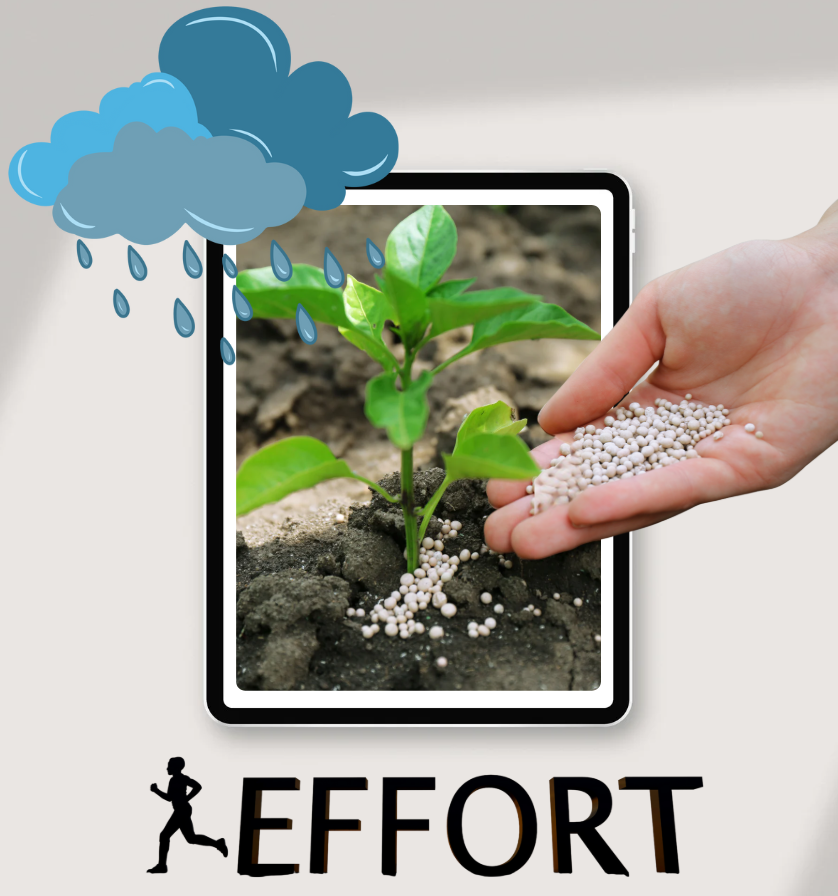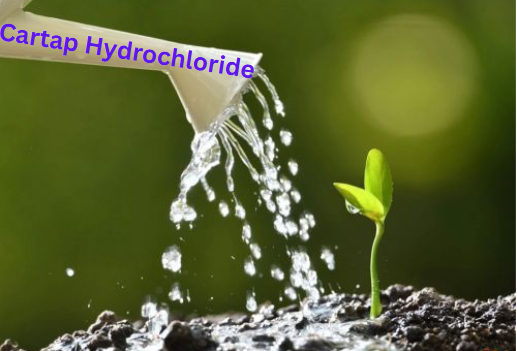
Cartap Hydrochloride – An Effective Weapon Against Insect Pests in Modern Agriculture
Discover Cartap Hydrochloride – a broad-spectrum insecticidal active ingredient with systemic, contact, and stomach action. Highly effective against stem borers, leaf folders, brown planthoppers, and various other crop pests.
Table of Contents
- What is Cartap Hydrochloride?
- Mode of Action on Insect Pests
- Outstanding Advantages of Cartap Hydrochloride
- Target Pest Spectrum – What Can It Eliminate?
- Comparison with Other Insecticidal Active Ingredients
- Usage Guidelines and Safety Precautions
- Popular Commercial Products Containing Cartap Hydrochloride
- Important Notes When Using
- Conclusion: Should You Use Cartap Hydrochloride?
1. What is Cartap Hydrochloride?
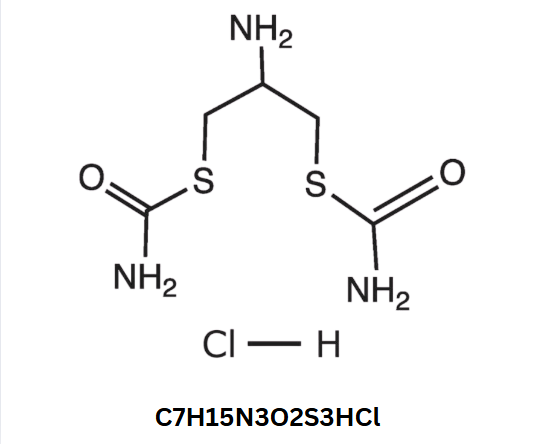
Cartap Hydrochloride is an insecticidal active ingredient from the nereistoxin analogue group, originally derived from natural compounds found in marine organisms. It is a broad-spectrum insecticide with high efficacy against many destructive pests in rice, vegetables, industrial crops, and fruit trees.
- Molecular formula: C₇H₁₅N₃O₂SCl
- Chemical group: Nereistoxin analogues
- Mode of action: Systemic, contact, and stomach poison
- Common formulations: SP (Soluble Powder), GR (Granule), EC (Emulsifiable Concentrate)
2. Mode of Action on Insect Pests

Cartap Hydrochloride works by disrupting nerve transmission in pests at the synapse (neural junction), leading to paralysis of the central nervous system. This causes the pest to stop feeding, become paralyzed, and die within hours.
👉 Unlike some insecticides that cause immediate knockdown, Cartap acts gradually, paralyzing the pest over time. This sometimes leads to misjudgment that the product is "ineffective" if users are unfamiliar with the mechanism.
3. Outstanding Advantages of Cartap Hydrochloride
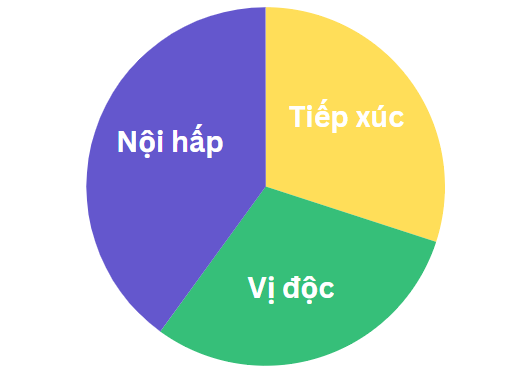
- ✅ Triple action: systemic, contact, and stomach poison
- ✅ Controls pests at all stages: egg, larva, and adult
- ✅ Less affected by weather due to strong systemic properties
- ✅ Penetrates plant tissue, protecting internal parts of leaves and stems
- ✅ Minimal harm to beneficial insects (bees, ants, spiders, etc.)
- ✅ Can substitute for organophosphate or pyrethroid products in resistance cases
4. Target Pest Spectrum – What Can It Eliminate?
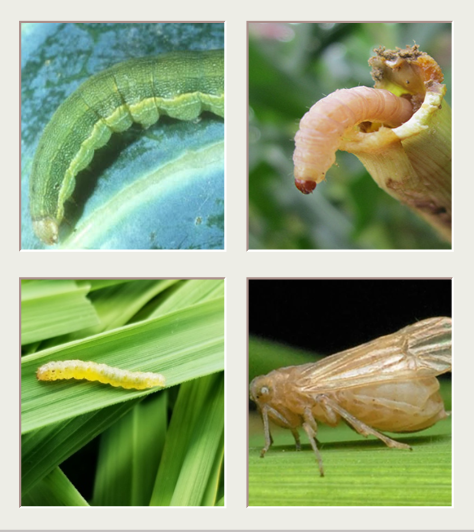
Cartap Hydrochloride is highly effective against many pest species, especially those that are hard to control or have developed resistance to older products:
- 🐛 Stem borers (in rice, corn, sugarcane)
- 🐛 Leaf folders (in rice, mustard greens, beans)
- 🐛 Brown and green planthoppers (in rice, mango)
- 🐛 Diamondback moth (on cabbage, leafy greens)
- 🐛 Leaf-eating caterpillars, armyworms (on tomato, vegetables)
- 🐛 Fruit borers (on beans, eggplant, mango)
- 🐛 Pests on potato, cabbage, carrot
5. Comparison with Other Insecticidal Active Ingredients
|
Criteria |
Cartap Hydrochloride |
Abamectin |
Lambda-cyhalothrin |
Chlorpyrifos |
|
Group |
Nereistoxin analogue |
Avermectin |
Pyrethroid |
Organophosphate |
|
Action |
Systemic + contact |
Contact + stomach |
Contact |
Systemic + fumigant |
|
Penetrates leaf tissue |
✅ Yes |
❌ No |
❌ No |
✅ Yes |
|
Resistance potential |
Low |
Medium |
High |
High |
|
Impact on beneficial insects |
Low |
Medium |
High |
High |
👉 Overall, Cartap can replace or rotate with other actives in resistance management programs to extend efficacy.
6. Usage Guidelines and Safety Precautions

📌 Recommended Dosage
- Rice: 10–20 grams per 25–30 liters of water (per 1,000 m²)
- Vegetables: 8–15 grams per 16–20 liters of water
- Apply when pests are young, before they bore into stems or fold leaves
📌 Best Application Timing
- Early morning or late afternoon
- Do not apply when rain is expected
- Spray thoroughly, especially the undersides of leaves and stems
📌 Safety Guidelines
- Avoid spraying near beehives or during pollination
- Pre-harvest interval: 7–14 days depending on the crop
7. Important Notes When Using Cartap Hydrochloride
- Do not mix with strongly alkaline products
- Avoid spraying when pests are fully grown or have already penetrated plant tissues
- Always rotate with other active ingredients to prevent resistance
- Do not apply continuously over multiple seasons
- Store in a cool, dry place, away from direct sunlight
8. Conclusion: Should You Use Cartap Hydrochloride?
If you're looking for a systemic insecticide that is highly effective, less harmful to the environment and beneficial insects, Cartap Hydrochloride is a strong choice. With broad-spectrum activity, a unique mode of action, and consistent performance, this active is well-suited for IPM (Integrated Pest Management) programs in both rice and vegetable cultivation.
Bình luận
Những bình luận mới nhất
